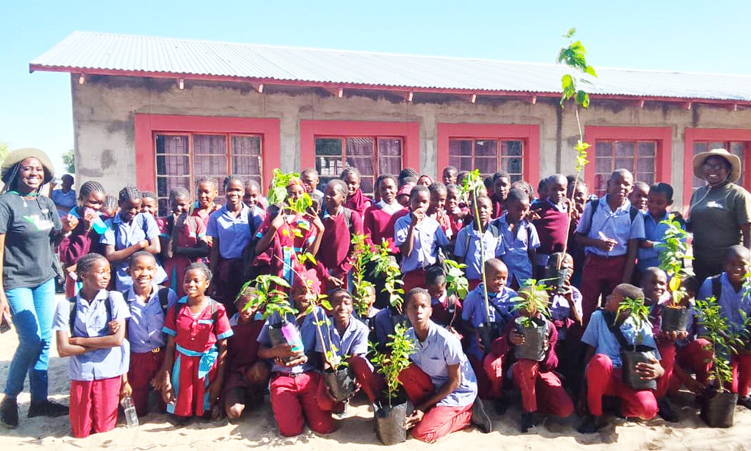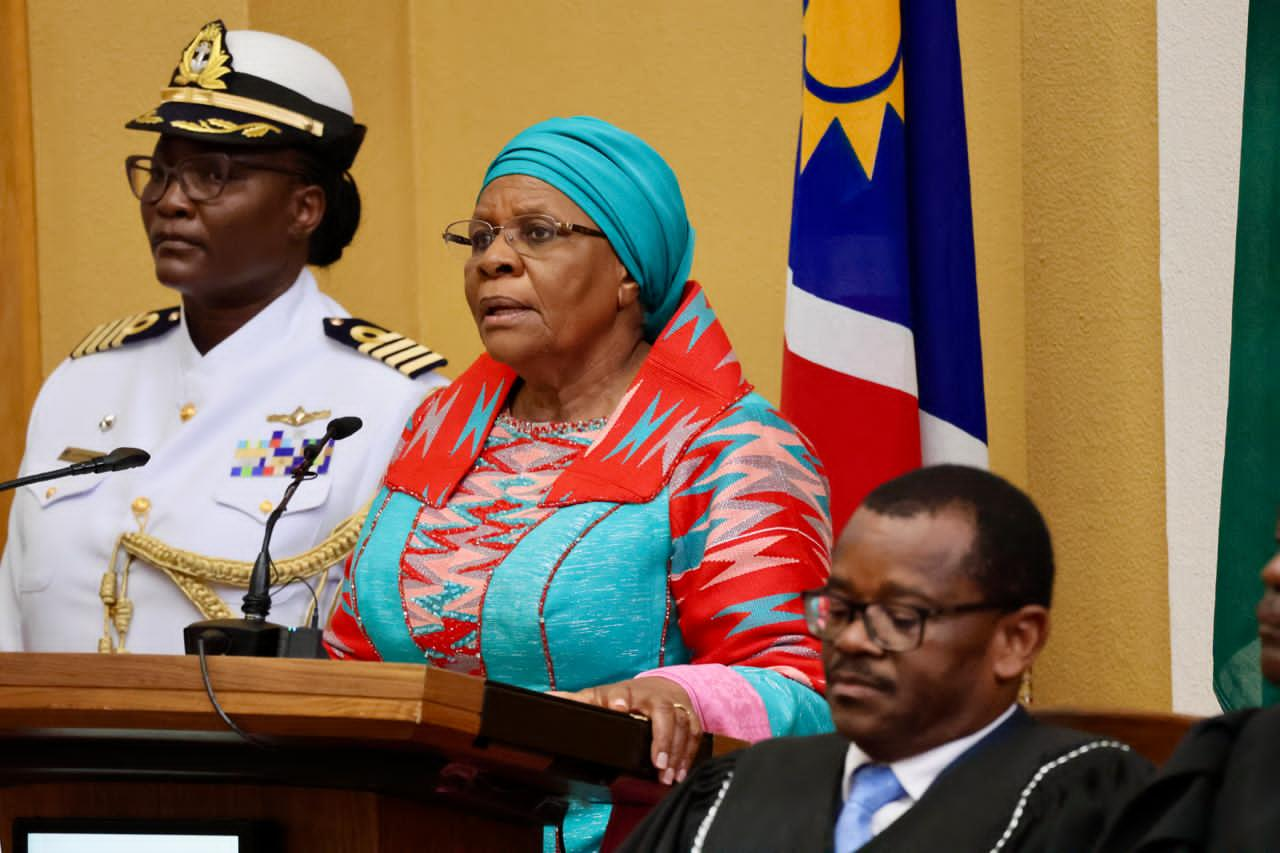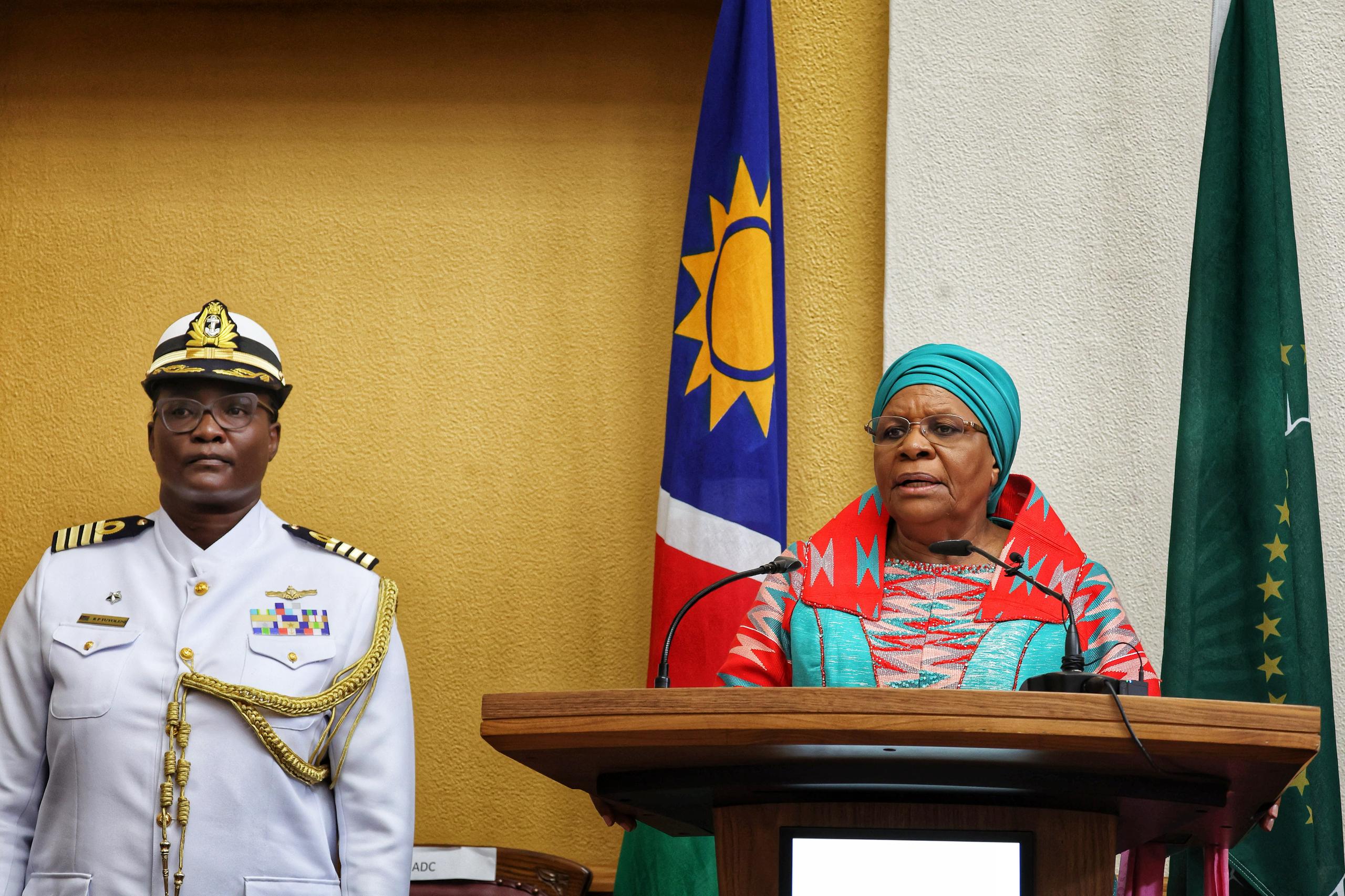King Nehale conservancy in the Oshikoto region spent about N$600 00 on consultation rooms at its healthcare centres last year.
Conservancy coordinator Esther Petrus says five rooms were completed at the Omboto, Oshiya, Ohayiyanda and Ohalweendo centres.
She says the conservancy also financially assisted the completion of a clinic at the Omuthiya-Ondiika centre.
Consultation rooms at Omuthiya, Ondombe, Onyadhiye and Okankololosa are still to be completed, she says.
“These ones have just been set up, but have not yet been completed,” she says.
Members from the Onyadhiye centre want the conservancy to help them set up a site for producing animal feed, while members from the Okapuku and Onakasino centres require earth dams, Petrus says.
She says the conservancy has launched a bursary worth N$140 000, which will be extended to a member of its youth.
This will be advertised soon, Petrus says, and will be awarded to a student who wishes to study at an institute of higher learning for four years and has already been admitted.
In recent years, the King Nehale conservancy identified Petrus and Johanna Johannes as youth ambassadors.
Their role is to engage the youth on the importance of wildlife conservation.
Petrus says they visited Onakasino Primary School, Wapandula Combine
School and Omutsegwonime Combined School last year to educate pupils on the importance of wildlife conservation and environmental protection.
“That way, we will help them realise the importance of conservation, because in many cases young people are involved in poaching,” she says.
A major challenge the conservancy is currently faced with is the illegal hunting of wild animals, she says.
King Nehale conservancy consists of 10 centres. It accommodates wild animals given to them by the Ministry of Environment, Forestry and Tourism, including springbok, steenbok, guinea fowl, Kori bustards and wildebeest.
Gondwana Collection Namibia’s King Nehale Lodge has employed about 50 people from the community.
Another source of income for the conservancy is its craft shop.
King Nehale conservancy was registered in September 2005 and has a population of about 20 000 people. It spans 508 square kilometres.
Stay informed with The Namibian – your source for credible journalism. Get in-depth reporting and opinions for
only N$85 a month. Invest in journalism, invest in democracy –
Subscribe Now!










